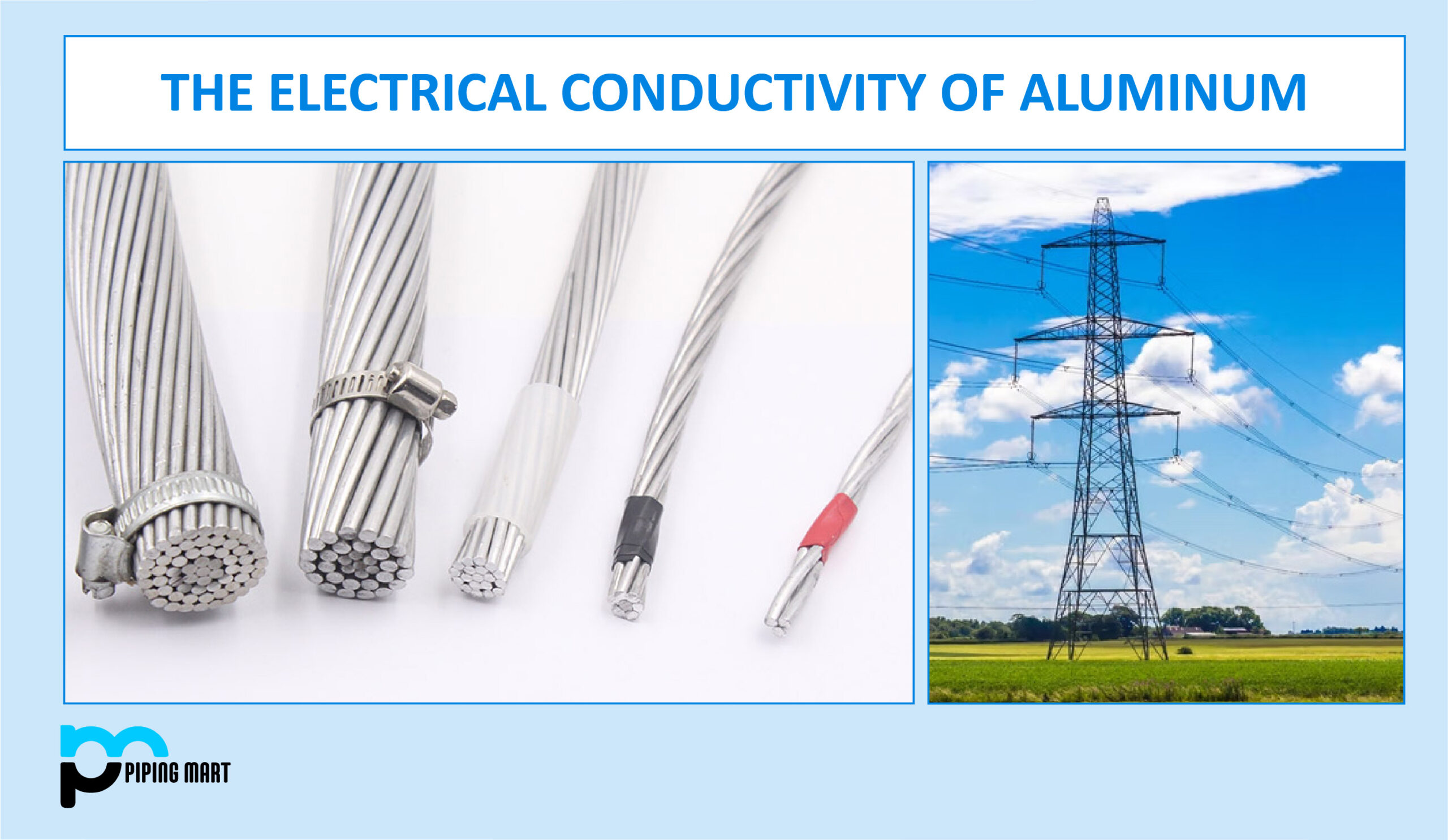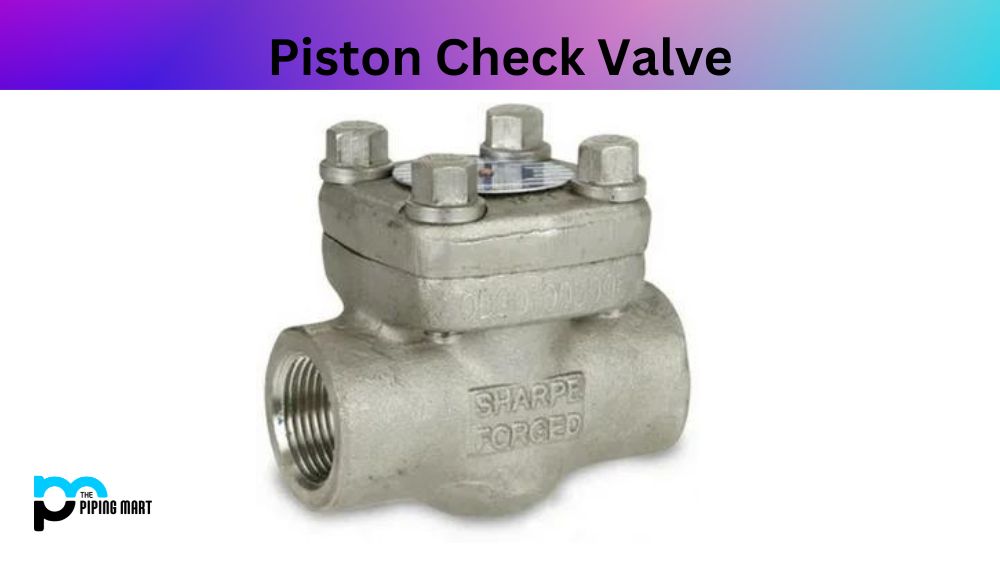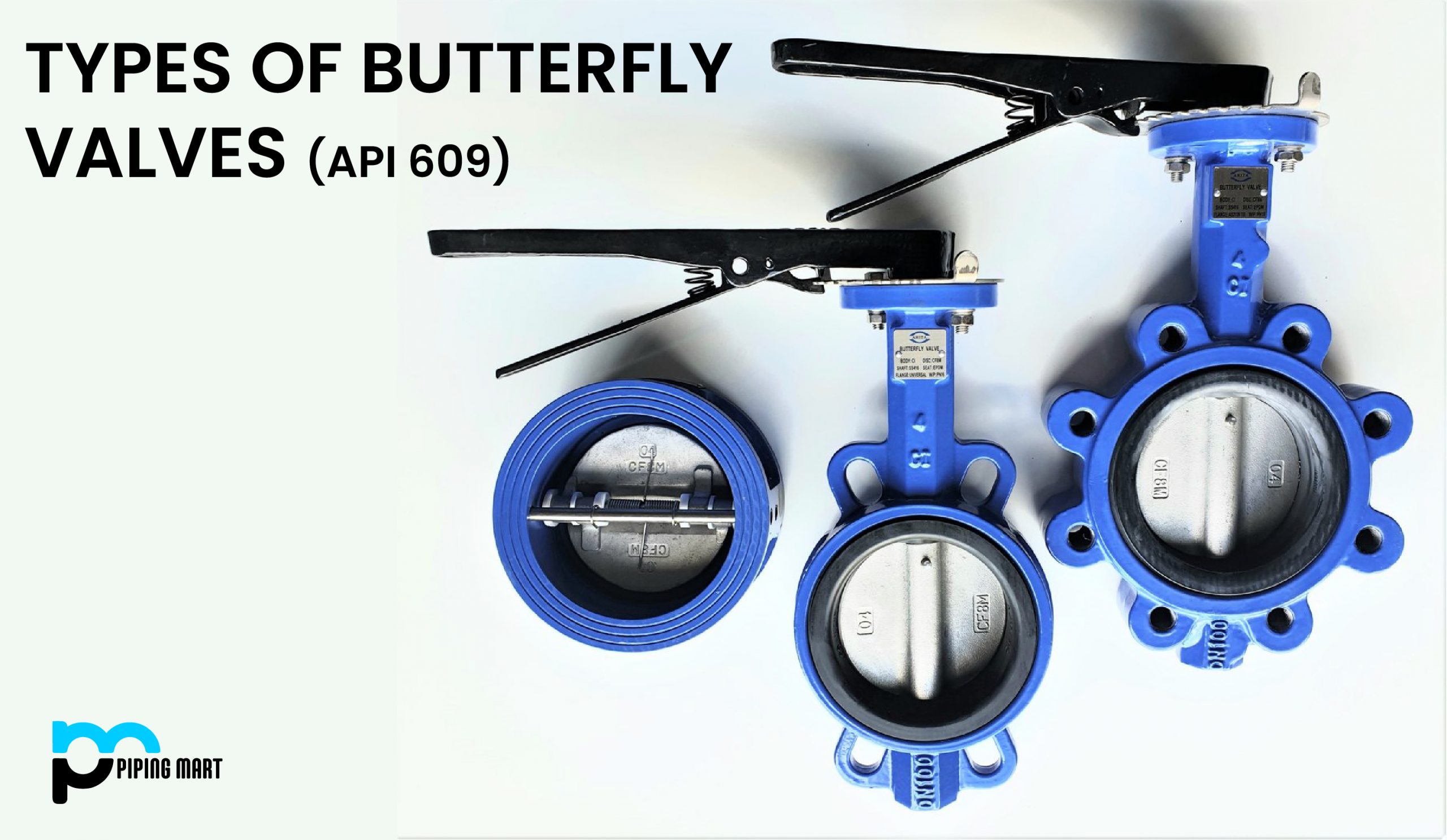Vacuum pumps are used for various applications, from creating a vacuum in industrial processes to removing moisture from pumping systems. Understanding the different types of vacuum pumps and their applications is crucial in selecting the right pump for your needs. This blog post will explore the various types of vacuum pumps and their applications.
What is Vacuum Pumps?
Vacuum Pumps create a vacuum—i.e., a space with no air molecules—within closed systems and containers. This is done by removing the air molecules from the system, and it’s achieved through pumping systems that use suction, compression, or molecular displacement. Vacuum pumps are commonly found in many industries, such as healthcare, automotive, industrial manufacturing, etc., where they can be used for everything from storing vacuum-sealed products to creating high-pressure environments for specific applications.
Types of Vacuum Pumps and Their Applications
Positive Displacement Vacuum Pumps
Positive displacement vacuum pumps work by mechanically trapping and reducing the volume of gas or air in a chamber to create a vacuum. These pumps are ideal for low-to-medium vacuum ranges and high vacuum applications. They are commonly used in vacuum packaging, forming, and composite manufacturing.
Momentum Vacuum Pumps
Momentum vacuum pumps operate by transferring the momentum of gas molecules to create a vacuum. They are suitable for high-flow, low-vacuum operations. Examples of momentum vacuum pumps include turbopumps and diffusion pumps. They are commonly used in semiconductor manufacturing and space simulation chambers.
Entrapment Vacuum Pumps
Entrapment vacuum pumps are specialized pumps that cool down gas molecules below their freezing point to trap them. The main types of entrapment pumps are cryopumps and adsorption pumps. These pumps are used in various scientific and industrial applications such as vacuum coating, research, and vacuum freezing.
Regenerative Vacuum Pumps
Regenerative vacuum pumps use a rotating impeller that compresses and accelerates gas molecules to create a vacuum. They are suitable for pumping air and other gases that do not contain particulate matter. Examples of regenerative vacuum pumps include liquid ring pumps and claw pumps. They are often used in food, chemical, and wastewater treatment.
Rotary Vane Vacuum Pumps
Rotary vane vacuum pumps are positive displacement pumps that use rotary motion to pump gas molecules. They are ideal for low-to-medium vacuum levels and continuous operation. Rotary vane pumps are commonly used in laboratory applications, semiconductor fabrication, and environmental testing.
Conclusion:
Choosing the right type of vacuum pump depends on various factors. The size and application of the pump, vacuum level, power consumption, and cost are some factors that must be considered when choosing a vacuum pump. Each type of vacuum pump has its application and advantages. By understanding the different types of vacuum pumps and their applications, you can select the most suitable vacuum pump for your application and improve the efficiency of your vacuum system.
Sakshee is a talented blogger, with a particular focus on the Business and Metal Industry. She is passionate about sharing her insights on various metal products and helping professionals to make a better decisions.




